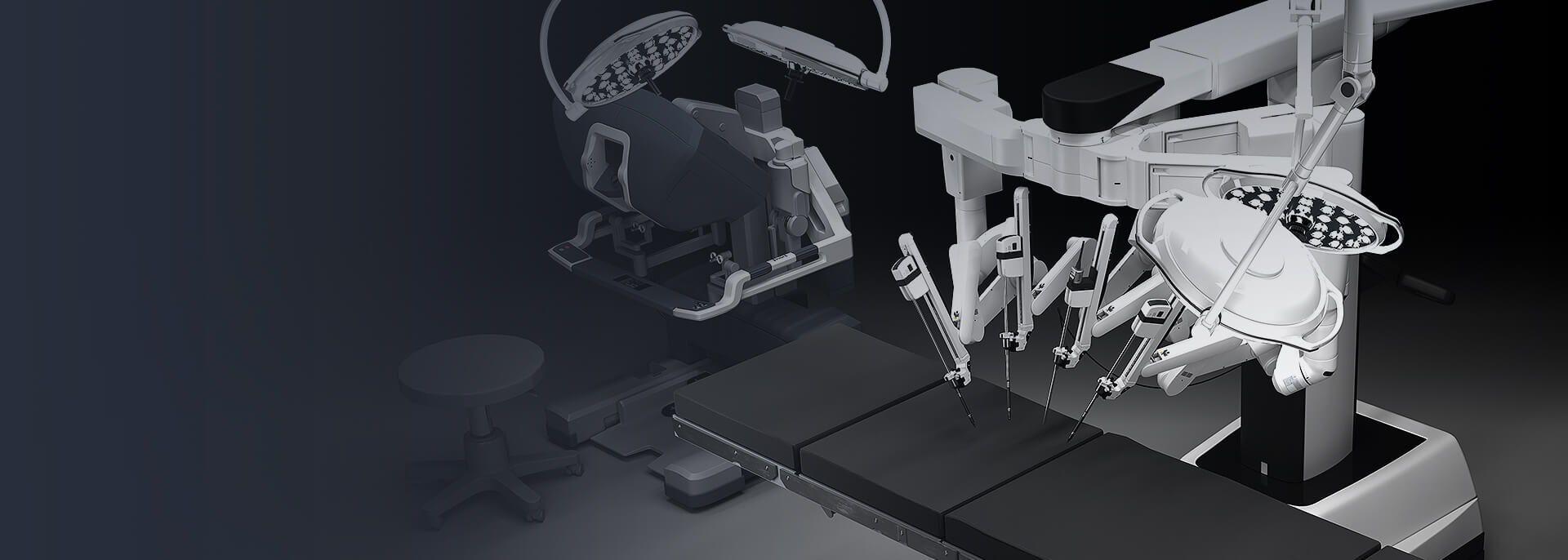What Can I Expect After Surgery?
After monitoring in the recovery room, you will be transferred to a hospital room. In contrast to open surgery, robotic surgery often requires only one night in the hospital. You may have throat discomfort from the breathing tube. Your face may be slightly swollen from the Trendelenburg position (bed tilted with the head toward the floor and feet toward the ceiling). These sensations will pass within a day or so.
You will be sore from surgery and should ask the staff for pain medicine as needed. Although you have small incisions, a big surgery was still done on the inside and the body needs to heal. You may also have nausea or vomiting from the anesthesia. Let the staff know and they will give you anti-nausea medicine as needed
It is extremely important to get out of bed to a chair and walk as soon as possible after surgery. This decreases the risk of blood clot in the leg (Deep Venous Thrombosis or DVT) or lung (Pulmonary Embolus or PE) which are uncommon but can be life-threatening complications. Walking also decreases the risk of pneumonia and infection and encourages the healing process. You will likely have “Sequential Compression Stockings” on the legs. These periodically inflate to massage the leg and decrease the risk of a blood clot forming. These need to be on and functioning whenever you are in bed.
You will likely have a breathing machine called an “incentive spirometer”. The staff will teach you how to suck in on this ten times an hour while awake. This helps re-expand the lung pockets after being on the breathing machine to prevent pneumonia.
Fluids will be given in the vein while you are recovering. This keeps you hydrated while the intestines recover. You will be started on a clear liquid diet and advanced to a solid diet. If you had bladder removal, you will need to pass gas before taking anything by mouth.
You will typically have a “foley catheter”, a tube that drains the bladder. This exits through the urethra (bladder or urine tube) that travels through the penis in men, and through the urethra in women. The catheter continuously drains the bladder so the surgical area can heal. For kidney and vaginal surgery, the catheter is typically removed the following morning. For prostate and bladder surgery, you will go home with the catheter and be taught how to attach the catheter to a leg bag during the day and a big bag at night.
You may have a surgical drain or “Jackson Pratt (JP) drain” which drains fluid from the surgery site. If the output is low, it may be removed the following morning. If the output remains high, you will be sent home with the drain and taught how to care for it. Keep a record of the output and bring it to your postoperative appointment so your provider knows when it is safe to remove the drain.
Robotic Surgery Can Equal Faster Recovery
Contact us to request an appointment or ask a question. We're here for you.



